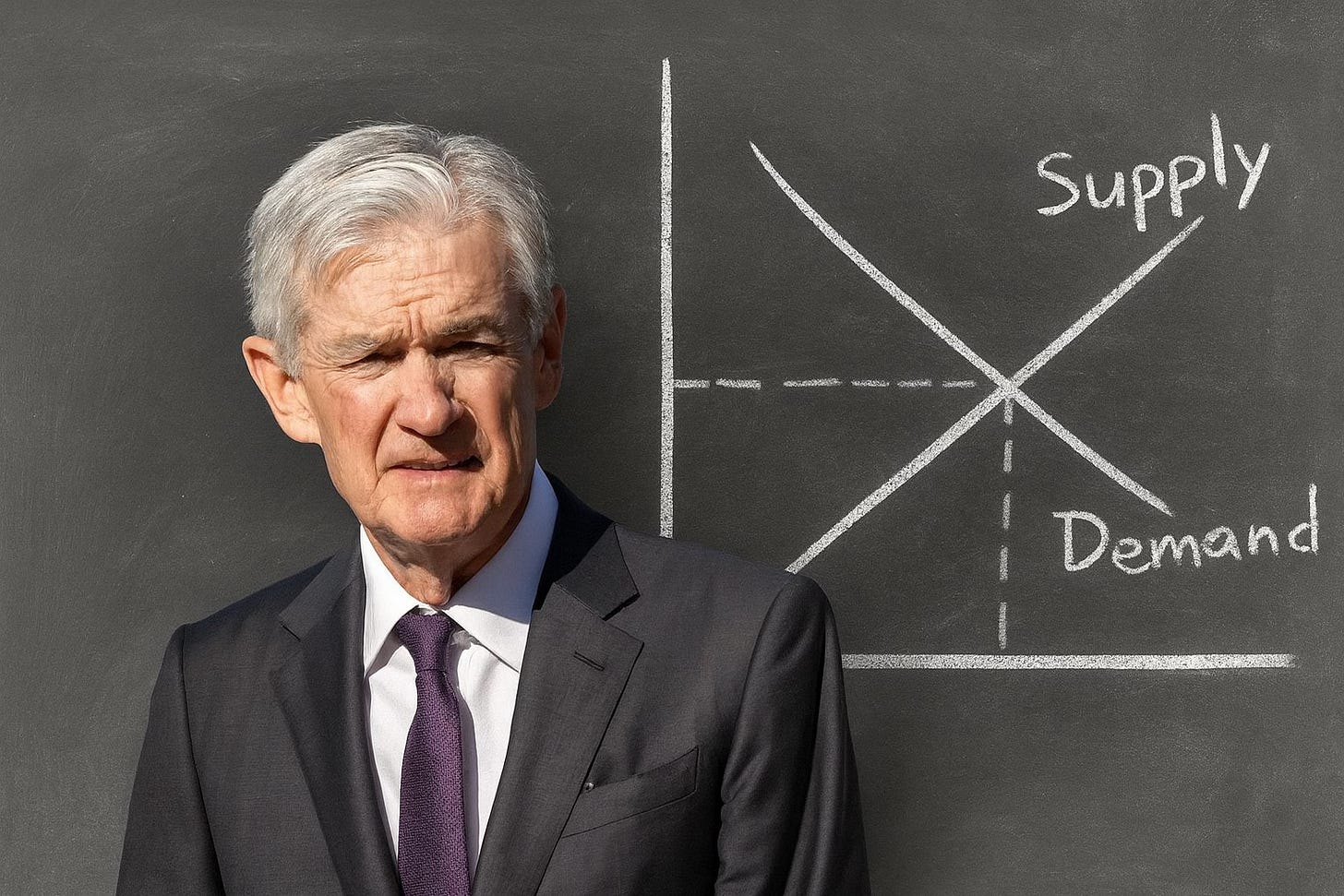Why is the economy so strong when employment seems weak?
Is there something the Fed is missing?
And could the Fed be about to make a big mistake?
has a fantastic answer to that mystery.
It’s a new trend and change in economic structure which classical economists haven’t appreciated yet.
But I’m sharing it with you below.
BTW, I really like this Marvin’s work in
. Super rigorous and academic, with excellent regression work, but also commercial and edgy. He’s a money maker.Take it away Marvin!
OK! Thank you Erik!
The Atlanta Fed’s GDPNow estimate of third quarter GDP is running at a 3.9% annualized rate, which would imply 2.2% average growth this year and solid acceleration in economic activity. Incoming data strongly corroborate that acceleration: core durable goods orders, a leading indicator of business investment, bounded at a 10.2% annualized rate in the three months through July and retail sales grew at an 8% annualized clip in the three months to August. Inflation, too, has reaccelerated since its spring trough and, at 3.7%, is now running at nearly double the Fed’s target rate in the three months through August. Hence, one could be forgiven for being mystified by the Fed’s latest decision to cut interest rates, effectively unfurling more sail amid a powerful tailwind.
Yet, in a quite confused press conference, Fed Chairman, Jerome Powell justified the cut on “risk management” grounds given a significant slowing in employment growth in the last year (as revealed by recent revisions). The focus on payroll employment isn’t entirely misplaced, and no, I’m not referring to the Fed’s “dual mandate” to achieve full employment as well as price stability. When I was at the Fed it was commonly agreed that if you could have only one piece of data it would be the headline payroll growth from the Bureau of Labor Statistics’ Establishment Survey given its high quality signal. But rarely do nonfarm payrolls so contradict other similarly reliable indicators of the economy’s momentum.
The contradiction between slowing establishment employment growth and the acceleration in other indicators of real economic activity raises a fundamental question of whether the employment data reflect constrained labor supply, are mismeasured, or indicate a structural shift in the relationship between capital and labor in the US economy.
The answer to that question will determine the course of US growth, inflation, real wages, profits, and interest rates over at least the next year. And, it also determines whether the Fed has made compounding policy errors over the last year, or will be hailed as the heroes of tomorrow.



